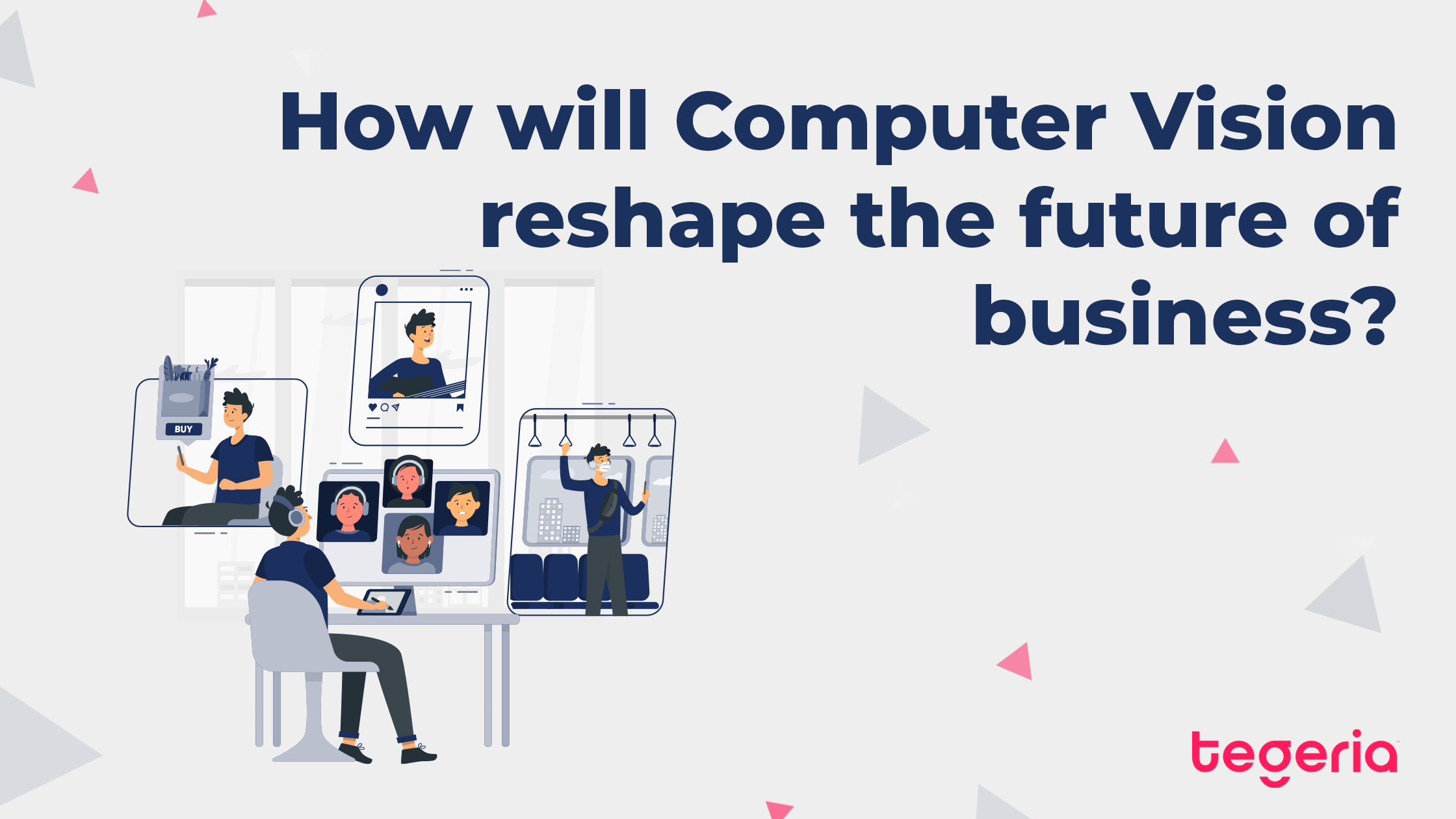How automation is driving more effective customers journeys in 2019
As we settle into 2019, we can look back over the last decade and appreciate how far things have come. The way in which we do things, what our customers expect, and how we treat them has evolved beyond just providing simple customer service. As our clients become increasingly connected and digitised, we as business owners are required to respond to their demands, not only digitally, but on an on-demand basis.
Today, businesses of any size need to operate with smooth and efficient processes that can respond to the ever-evolving needs of clients that are usually one step ahead, at all times. Those that cannot offer such a service to meet customer’s demands will lose out to those that can, and in an increasingly competitive working environment, we cannot afford to let things slide in this way. In order to retain existing customers as well as to onboard a steady influx of new clients, high-tech IT solutions must be utilised wherever possible to provide optimum results for both the business and the customer.
One of the solutions to this demand is automation. Curious? Let’s take a closer look.
Automation
When we talk about automation in the context of IT, we mean the linking of disparate systems and software in a way that means they become self-acting or regulating. The automation of certain aspects of operations can improve a business’s ability to meet service level agreements because things like workflows can be implemented to speed up the team’s activities. By utilising automation strategies, organisations can cut down on downtime, increase capacity, and improve the overall operational efficiency without needing to bring in teams of IT people.
Businesses can automate things like standard operating procedures as a starting point, as well as performance monitoring, before progressing to more sophisticated automation such as call centre operation.The automation of processes results in delivering healthy operations that benefit from efficiently managed performance levels, high availability, and flexible capacity. The incidence of errors can also be reduced and time frames on resolving issues can be reduced significantly.
Unfounded Fears
Whilst those that are in the know, understand the importance of automation, there are those that fear it. Some believe that by handing over the running of the business to machines, you lose the human aspect which will ultimately result in the loss of jobs. Others believe that robots and AI cannot be trusted and should be treated with kid gloves, not embraced without so much as a second thought. The reality is however that automation and AI solutions are not designed to replace employees, but rather to allow them to carry out their jobs better.
Whether it is customer service or performance monitoring, handing over the reins to automation means that the employees of a business are able to focus on improving their product, or delivering better customers service to customers or potential clients. In other words, automation provides businesses with the opportunity to offer better quality, lasting customer experiences instead of wasting their time on simple tasks and interactions that can be taken care of by machines.
The future
There is no doubt that automation is the key to better customer experiences and that it is an unavoidable part of businesses ongoing success. The question is now a matter of who will benefit now and who will get left behind. A realisation that automation is the way of the future means that a company can focus on other types of customer interaction with their brands. Instead of waiting on hold for hours, or system issues not being picked up until Steve from IT has had his morning coffee, they can get the solutions they need quickly and easily, whilst leaving more time to be amazed by what the company can offer.




